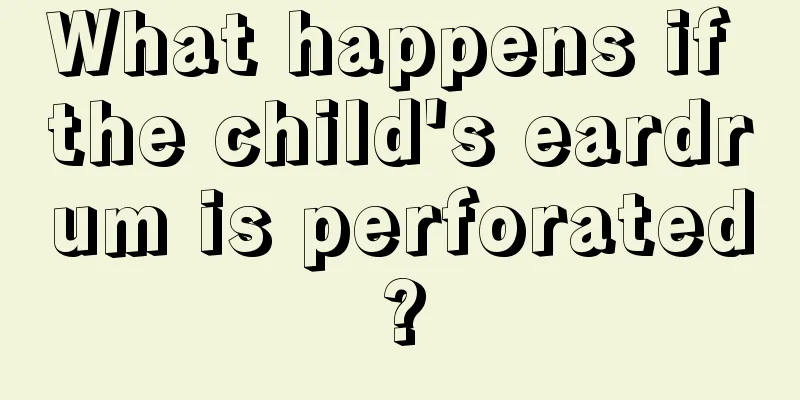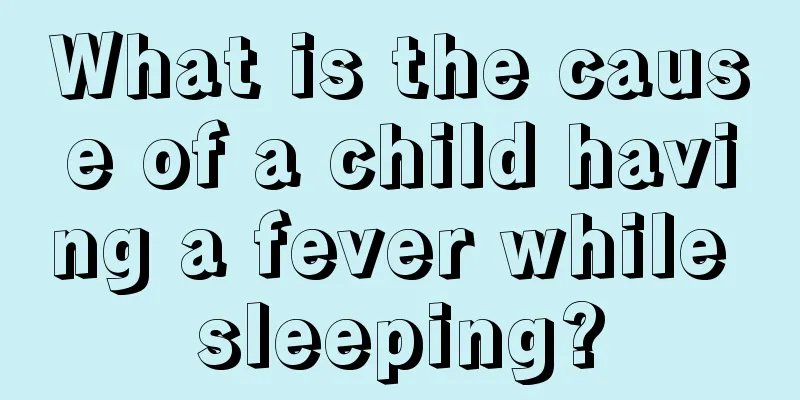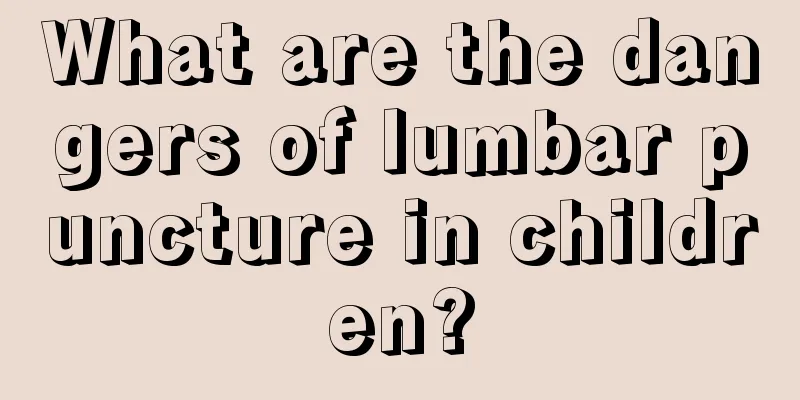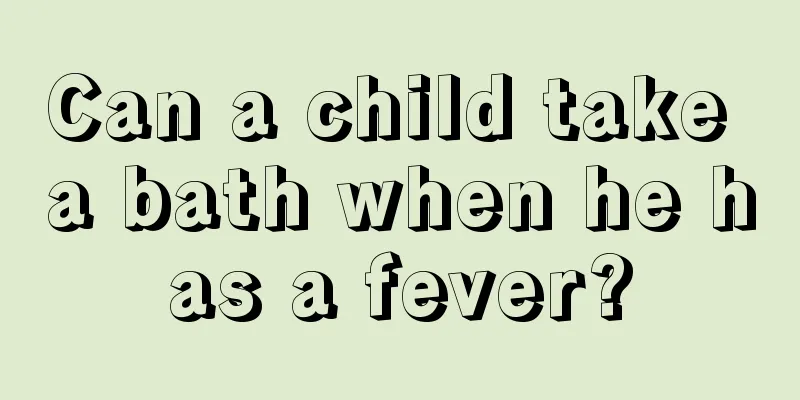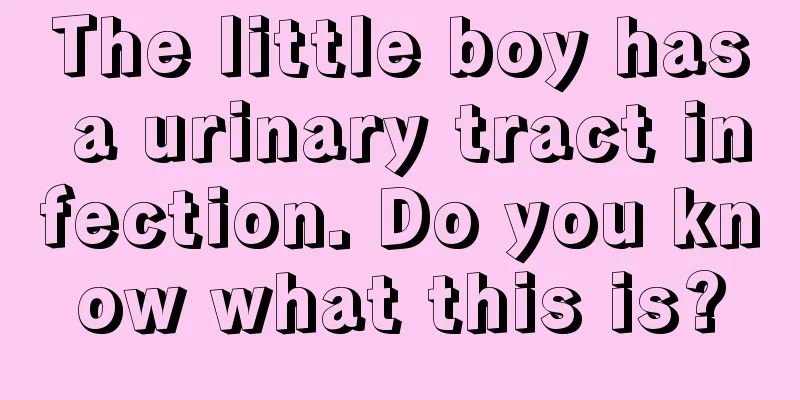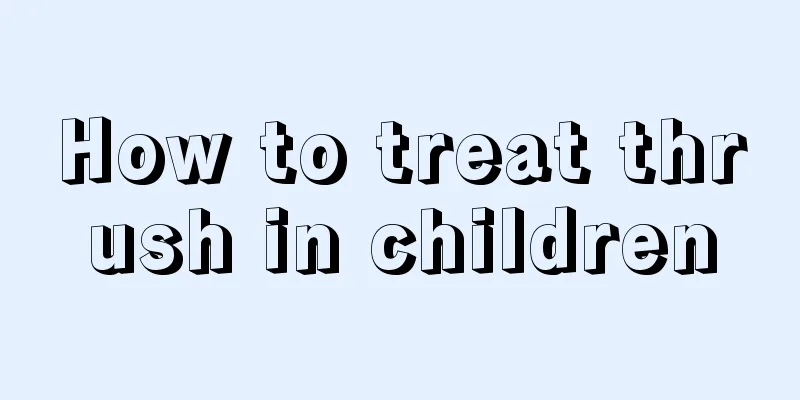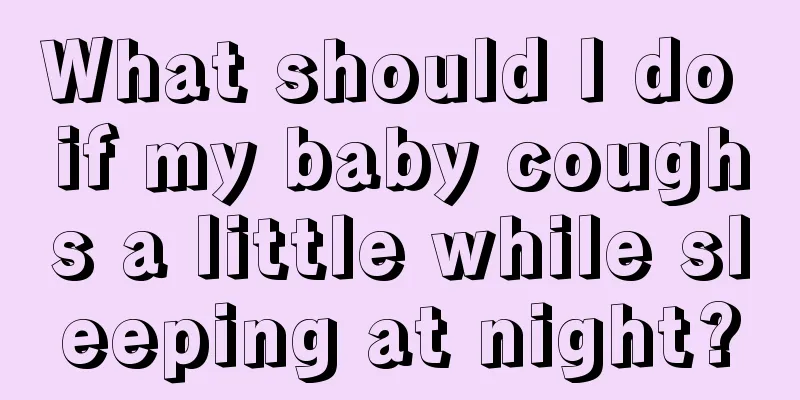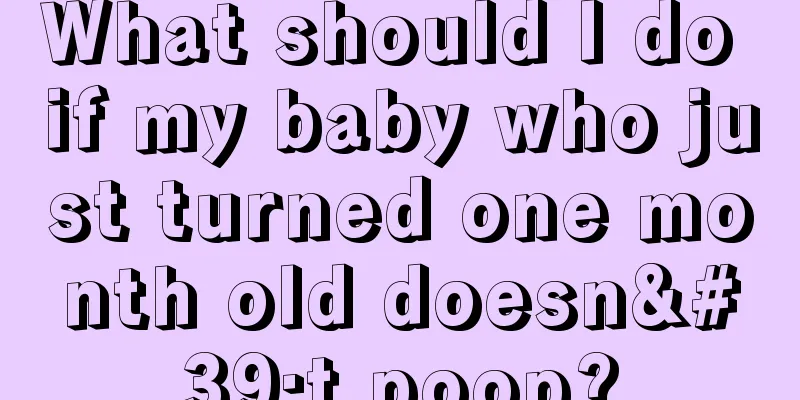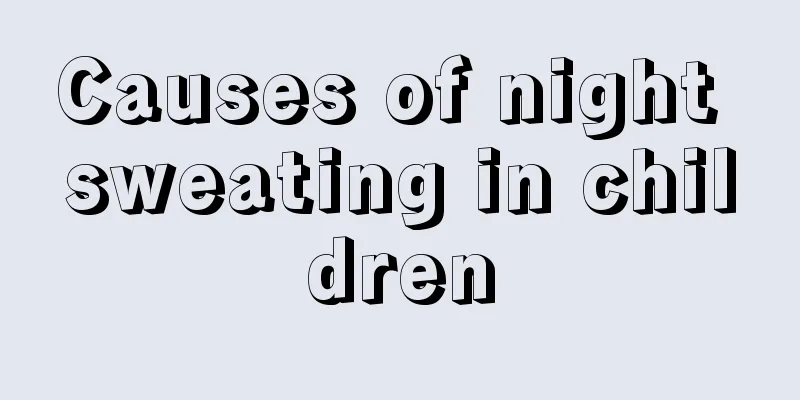How many months does it take for babies to start brushing their teeth?
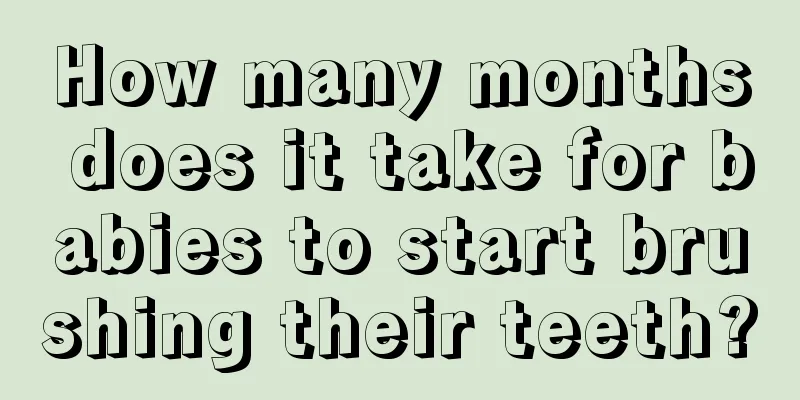
|
Brushing teeth is a normal thing that adults must do every day, because after eating, there will be some food residues in the mouth, and if these residues are not cleaned in time, they may cause tooth decay. For the sake of babies' dental health, they also need to brush their teeth. Many children have cavities on their teeth, which is caused by not cleaning their teeth properly. Therefore, you can start brushing your baby's teeth when he is a few months old. How old should babies be to start brushing their teeth? For most children, all 20 baby teeth have grown out by the age of 2 and a half. From this time on, you can teach your child how to brush their teeth. By the age of 3, you can help your child develop a good habit of brushing their teeth in the morning and evening and rinsing their mouth after meals. Brushing your teeth and rinsing your mouth can clean your mouth and teeth, remove dental plaque, and also massage your gums, thereby promoting local blood circulation and improving the gums' ability to resist disease and bacteria. Therefore, brushing teeth is an effective measure to keep oral cavity clean and prevent tooth decay and periodontal disease. The correct way to brush your children’s teeth When brushing teeth, you should mainly brush three tooth surfaces: the outer side, inner side and horizontal chewing surface. The molars are the most easily overlooked by young children. Therefore, when teaching young children to brush their teeth, remind them to clean these areas. Here are some steps for young children to brush their teeth correctly: 1. Outer surface of teethFirst brush the two outer rows of teeth, place the toothbrush on the edge of the tooth root, brush 2 or 3 teeth at a time, and move the toothbrush up and down with appropriate force. 2. Brush your teeth up and down When brushing the outer sides of the upper and lower teeth, you should combine horizontal and vertical brushing and rotate in a circular motion, that is, the lower teeth should form a "W" trajectory and the upper teeth should form an "M" trajectory. 3. Inside of the tooth Next is to brush the inside of your teeth, in the same way as you brushed the outside of your teeth. 4. Inside of the teeth When brushing the inside, stand the toothbrush upright and brush from the gums to the crowns with appropriate force. Repeat the same method for the lower teeth. 5. Chewing Surface Cleaning the chewing surface is also within the scope of brushing. Just place the toothbrush on the chewing surface and move it back and forth several times. In addition, young children should brush their teeth at least twice a day, and three times is best. The once before going to bed is particularly important, as it can thoroughly clean the mouth and prevent long-term erosion of teeth by residues. It is recommended to brush your teeth for 2-3 minutes each time. |
<<: How to reduce fever in a three-year-old baby
>>: What to do if your child doesn't like brushing his teeth
Recommend
The reason why baby's hair grows vertically
In fact, in daily life, most people don’t have ti...
Where to travel with children
There are several long holidays in a year. The lo...
What causes low body temperature in newborns?
Children are the fruit of love and the continuati...
Baby accidentally eats hair
When babies are young, their stomachs are still v...
What to do if your baby has phlegm
We will find that many children always clear thei...
What should I do if my 1-year-old baby suddenly has a fever?
Some babies' bodies are very fragile. Once a ...
There is secretion on the baby's underwear
There will be secretions on the underwear of baby...
What are the baby's development indicators at one and a half weeks?
What are the baby's development indicators at...
Newborn baby making gurgling sounds
During the growth and development of newborns, ma...
What should I do if my baby has conjunctivitis?
If you want scientific treatment and solution for...
What should I do if my 7-year-old's teeth become loose and need to be adjusted?
Teeth are an important means for us to chew food,...
What should I do if my baby doesn't poop for several days?
What should I do if my baby doesn’t have a bowel ...
What to do if your baby has a cold and refuses to drink water
The frequency with which a person catches a cold ...
Can I pinch my baby's flat nose to make it taller?
Parents all hope that their children will grow up...
Symptoms of choking in children
Eating is a job that requires special meticulousn...
